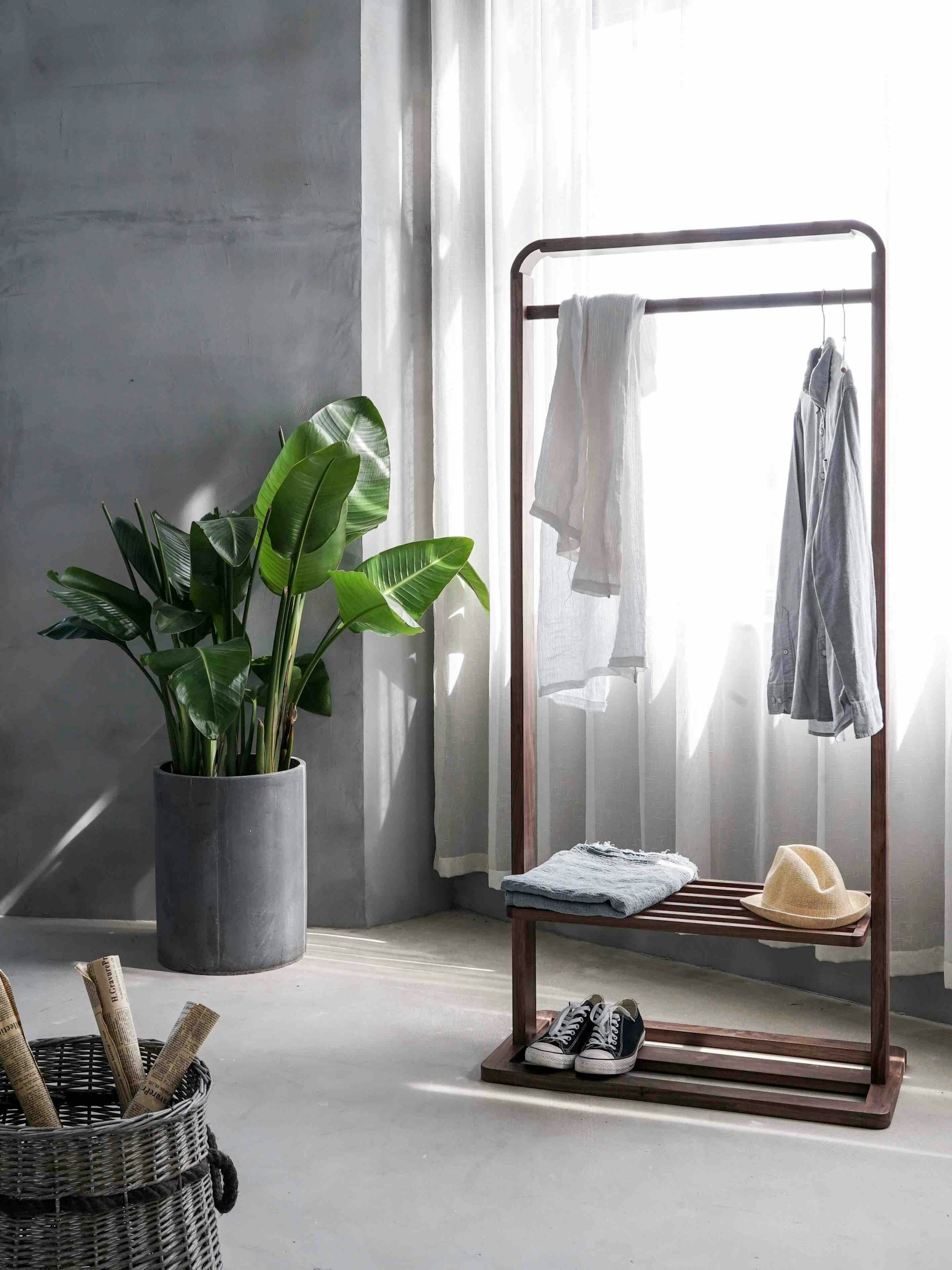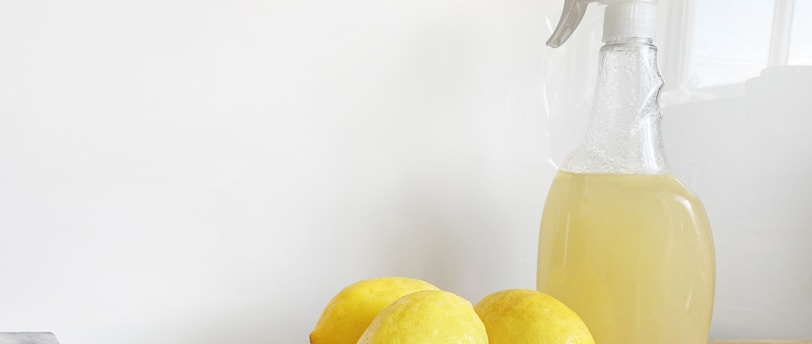
The Ultimate Guide to Sustainable Cleaning Practices for Your Home
This blog offers a comprehensive guide to sustainable cleaning practices for your home, highlighting eco-friendly alternatives to traditional cleaning methods. It covers choosing environmentally safe cleaning products, creating DIY solutions, using reusable tools, adopting energy-efficient techniques, and minimizing waste. The blog emphasizes that sustainable cleaning not only benefits the environment but also promotes a healthier living space. By making small, conscious changes, you can maintain a clean home while reducing your ecological footprint. For those seeking professional assistance, Wanderlust Rentals & Cleaning Solutions offers eco-friendly cleaning services.
8/9/20243 min read


The Ultimate Guide to Sustainable Cleaning Practices for Your Home
In today’s world, the push toward sustainability isn’t just a trend; it’s a necessity. As we become more aware of our environmental impact, one area where we can make a significant difference is in how we clean our homes. Sustainable cleaning practices not only help protect the environment but also contribute to a healthier living space for you and your family. Here’s your ultimate guide to making your home sparkle while being kind to the planet.
1. Choose Eco-Friendly Cleaning Products
The first step in sustainable cleaning is selecting the right products. Many conventional cleaning products contain harsh chemicals that can be harmful to both your health and the environment. Instead, opt for eco-friendly alternatives that are biodegradable and free from toxins.
What to Look For:
Labels: Look for certifications like “EcoLogo,” “Green Seal,” or “EPA Safer Choice.”
Ingredients: Choose products made with natural ingredients like vinegar, baking soda, and essential oils.
Packaging: Select products with minimal or recyclable packaging to reduce waste.
2. DIY Cleaning Solutions
Making your own cleaning solutions is an excellent way to reduce your environmental footprint. Most DIY cleaners use ingredients you probably already have at home, making them both cost-effective and eco-friendly.
Simple Recipes:
All-Purpose Cleaner: Mix equal parts vinegar and water in a spray bottle. Add a few drops of your favorite essential oil for a pleasant scent.
Glass Cleaner: Combine 1 part vinegar with 2 parts water and a teaspoon of cornstarch for streak-free windows.
Scrub Cleaner: Mix baking soda with a small amount of water or vinegar to create a paste that’s perfect for scrubbing sinks and tubs.
3. Reduce Waste with Reusable Cleaning Tools
Disposable cleaning tools, like paper towels and single-use mop pads, contribute to landfill waste. Instead, switch to reusable alternatives that can be washed and reused multiple times.
Sustainable Alternatives:
Microfiber Cloths: These are excellent for dusting, wiping surfaces, and even cleaning glass without streaks.
Reusable Mop Pads: Many brands offer mop systems with washable pads that can be used over and over again.
Natural Sponges: Choose sponges made from natural materials like cellulose instead of synthetic ones.
4. Use Energy-Efficient Cleaning Methods
Reducing energy consumption is another important aspect of sustainable cleaning. By being mindful of how you use electricity and water during your cleaning routine, you can further minimize your environmental impact.
Energy-Saving Tips:
Wash with Cold Water: When doing laundry, use cold water cycles whenever possible. This saves energy and helps preserve the fabric.
Air Dry: Skip the dryer and hang your clothes to dry. Not only does this save electricity, but it also extends the life of your garments.
Eco Mode: Many appliances, such as dishwashers and washing machines, have eco-friendly settings that use less water and energy.
5. Adopt a Minimalist Cleaning Routine
A minimalist approach to cleaning can reduce the amount of products you use and waste generated. Focus on essential cleaning tasks and avoid over-cleaning, which can lead to excessive water and product use.
Minimalist Tips:
Prioritize High-Traffic Areas: Focus on cleaning areas that see the most use, such as kitchens and bathrooms, and leave less-used spaces for periodic deep cleaning.
Declutter: The less cluttered your home is, the easier it is to clean. Regularly declutter to keep surfaces clear and make cleaning quicker and more efficient.
Multi-Purpose Products: Instead of buying different products for each cleaning task, choose a few multi-purpose cleaners that can handle multiple jobs.
6. Practice Proper Waste Disposal
Proper disposal of cleaning products and waste is crucial for sustainable cleaning. Avoid pouring chemicals down the drain or throwing them in the trash where they can harm the environment.
Disposal Tips:
Hazardous Waste: Take any hazardous cleaning products to a local hazardous waste disposal facility.
Composting: If you’re using natural cleaning solutions, consider composting leftover organic materials like lemon peels or used tea bags.
Recycling: Ensure that any packaging from your cleaning products is properly recycled.
Conclusion
Sustainable cleaning isn’t just about switching products; it’s about adopting a mindset that values the health of your home and the planet. By incorporating these eco-friendly practices into your routine, you can create a clean, healthy living environment while also doing your part to protect the Earth. Start with small changes, and before you know it, sustainable cleaning will become second nature in your household.
Looking for professional help? Explore our cleaning services to see how we can help you maintain a spotless and sustainable home. At Wanderlust Rentals & Cleaning Solutions, we’re committed to delivering top-notch service with an eco-friendly approach.
This way, the link is seamlessly integrated into the content and encourages readers to learn more about your offerings.
Excellence
Expert cleaning solutions for short-term rentals, residential homes, and commercial properties. Our commitment to excellence ensures that every property exceeds expectations with unmatched cleanliness and care. Trust us to elevate your space and your business..
Trust
Quality
P: (570) 904-5996
Wanderlust Rentals LLC © 2021. All rights reserved.
